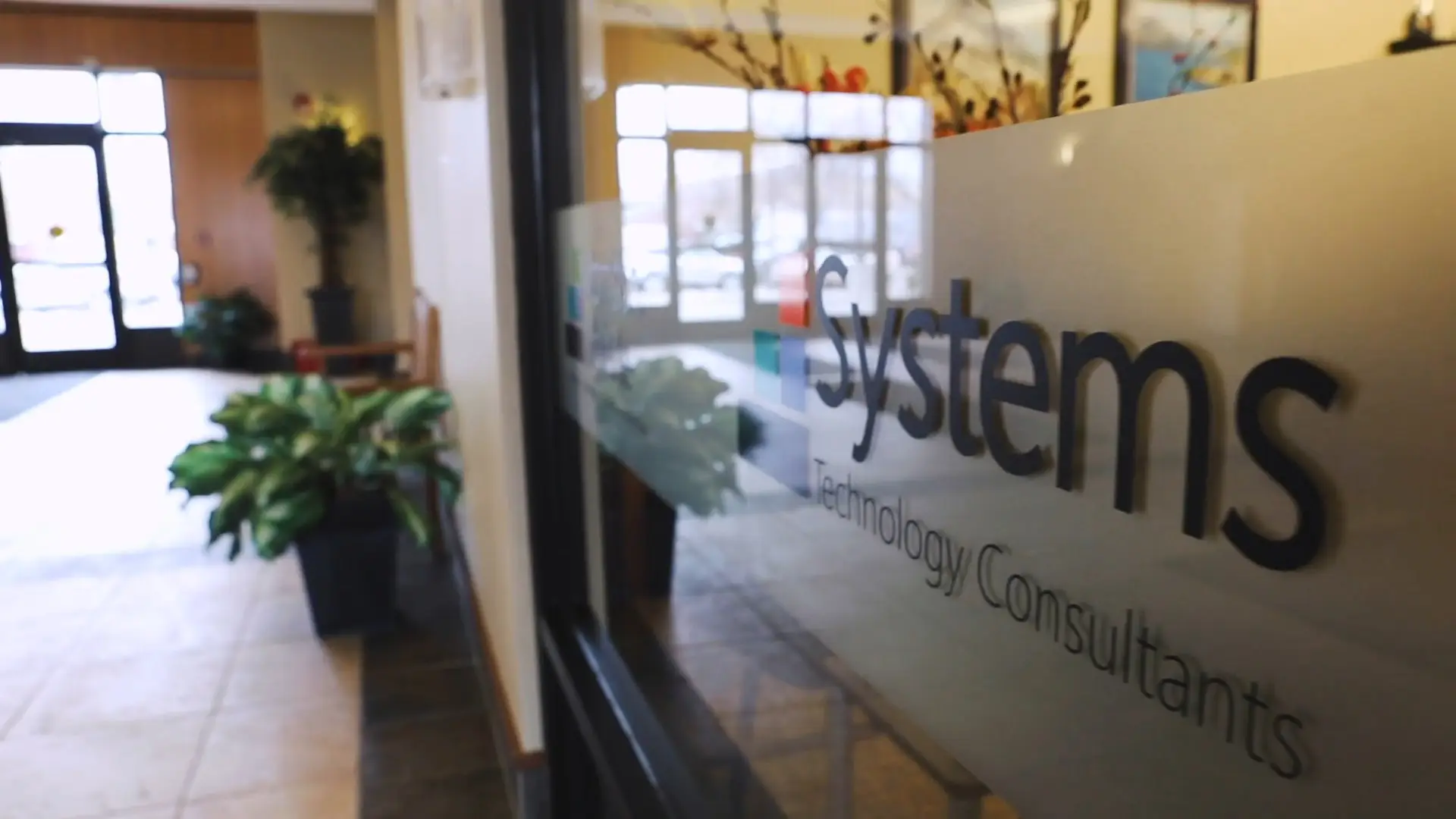used with permission from HP Tech@Work
HP’s expert tells us what lies ahead
For the past few years 3D printing has been on a slow and steady course to change the way we think about everything from sneakers to body parts. But according to Paul Benning, this will be the year that additive manufacturing (3D printing’s fancier name) moves beyond the tinkering makerspace and onto the factory floor, with high-volume production advances that will disrupt the manufacturing industry as we know it. We asked Benning, a HP Senior Fellow and the Chief Technologist of HP 3D Printing, what to watch out for in 2019.
The auto industry starts its (3D-printed) engines
OK, no one’s printing actual car engines…yet. Automakers have been experimenting with 3D-printed prototypes for a while now, but “2019 will be the year that additive manufacturing moves from prototyping into full production in the automotive industry,” Benning says. Late last year, BMW reached its one-millionth 3D-printed part milestone, using HP Multi Jet Fusion technology to print a window guide rail for the new BMW i8 Roadster. And Volkswagen started using HP Metal Jet technology for production this year. Printing sturdy, functional auto parts requires the right materials, so look out for advancements in that area as well.
Solving design challenges with AI
It sounds like just another buzzword, but “generative design”—which uses machine learning to come up with various design options—can make some wildly-creative prototypes. An “imperfect analogy” for a first step, said Benning, is autofill when you’re typing a text message: “It looks ahead at your design intent and suggests ways to fill in your design.” Engineers input the requirements of a part and outline any constraints, and machine-learning software experiments within those parameters until it dreams up something great. As generative design spreads, it’ll help even more 3D design engineers improve the quality and quantity of their prototypes.
More machine learning innovations
“As machine learning is integrated more into 3D printers and control systems around the world, engineers and designers will be able to receive information about the temperature of the machine, what the powder looks like, binding agents used, image data and final part geometries,” Benning said, adding that this information will improve quality and help reduce waste. It’ll also help manufacturers track how a product’s doing over the long-term. By adding serial numbers and other unique identifiers, “People can follow the finished part into the world and see how it performs over its lifespan,” he said.
A rainbow of colors
Those serial numbers we just talked about? They’ll be easy to spot because they’ll be in vivid color. “It’ll be interesting to see how the additive manufacturing market grows this year around the power of color 3D printing,” Benning said. “We’re deploying capabilities that haven’t existed in the world before.” Smaller businesses can get into the game with HP’s expanding Jet Fusion series, which gives them color control right down to the voxel (the 3D equivalent of a pixel) and enables them to go from prototyping to full production on the same platform. “The democratization of 3D printing design and manufacturing will unleash new possibilities for innovative small- to medium-sized product development teams and design businesses, entrepreneurs, and universities and research institutions around the world.”
Keep watching for more innovation to explode our understanding of product creation, manufacturing and distribution as this exciting field continues to grow.












